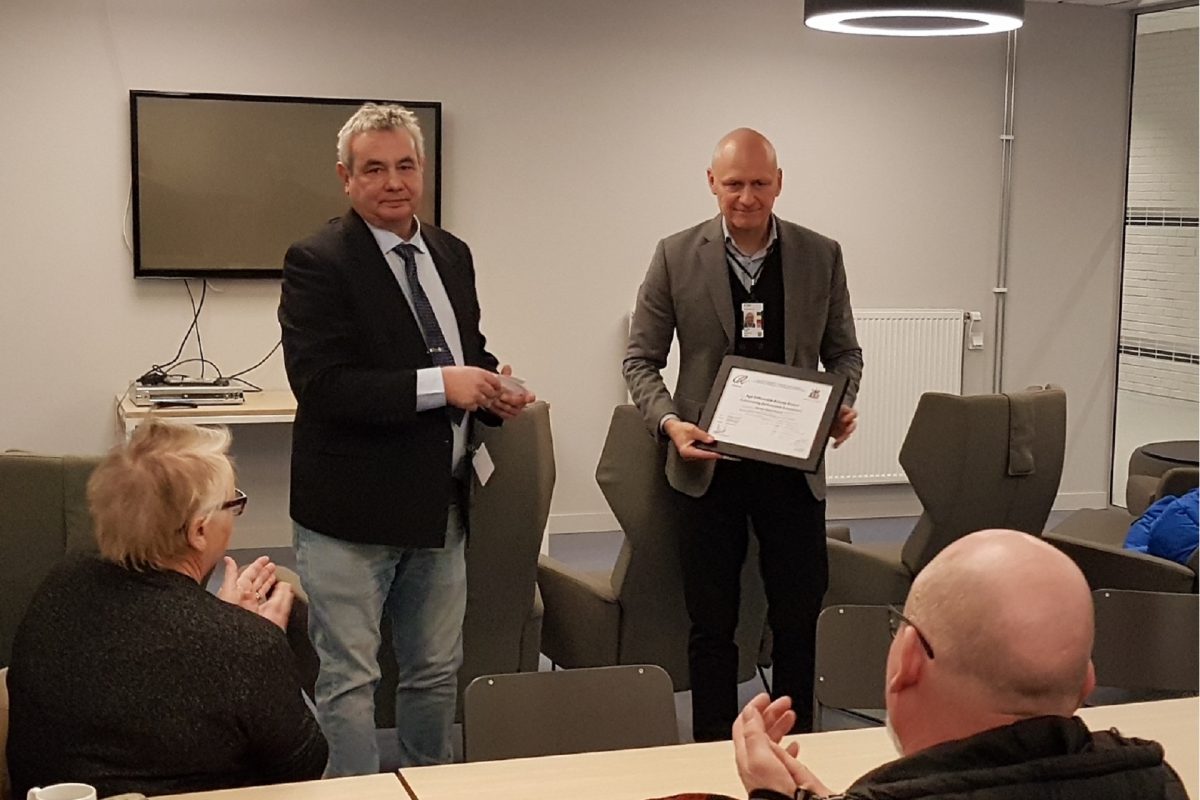Expansion at Arlanda airport in Stockholm earns CEEQUAL Excellent
Overview
The purpose of the project has been to offer a sustainable and functional product for the various work units for the airport maintenance activities. There’s been an aim to raise awareness of the environmental impact caused during the life cycle of the project and, as far as feasible either mitigate or reduce these impacts. The project gained a CEEQUAL (now known as BREEAM Infrastructure) rating of Excellent.
About
Swedavia owns, operates and develops Sweden’s ten airports, connecting Sweden together and linking Sweden with the rest of the world.
Background
Stockholm Arlanda airport keeps growing with an increasing number of passengers (approximately 6 million more travelers today than 2010) and therefore the airport is expanding its capacity. Part of the airports capacity expansion is a new maintenance area. The area consists of workshops, security control, garage, staff buildings and offices for the organization that maintains the airport, which varies from cleaning the landing strips from snow to maintaining gardens and green fields at the airport. The new maintenance area has a landscaping area of approximately 150,000 m2 and 14 buildings with a total floor area of about 50,000 m2.


Challenges
The client, Swedavia, designs and develops many new buildings at the airport. Swedavia has a comprehensive environmental policy with far reaching goals. For instance, it had the goal of having no carbon dioxide emissions from fossil fuels and to reduce the energy consumption of the airport by 2020.

Solutions
The sustainable objectives were many. To mention a few examples, the project had a goal to replace the ecological values removed for new buildings and hard surfaces. The trees cut down at the site were transported to a nearby forest in the airport area and used as fauna depot. The operation area has a lot of paved surfaces for vehicle movements, and several large buildings, which leads to disadvantages such as increased storm water runoff and poor biodiversity. The project has therefore adopted the green roof concept (mats of sedum and moss) for all major buildings, resulting in reduced storm water runoff, and increased biodiversity.
All building walls are made of cross-laminated wood and the facade is also made of wood. This reduces the carbon dioxide emissions from the production compared with traditional concrete walls. All new buildings have energy performance far below Swedish general recommendations (25 to 50% better). LED-lighting is used outside and inside the buildings. The vehicle wash on the Operations area recycles the wash water and therefore uses ¼ of the water compared to a traditional vehicle wash.
All construction vehicles have used bio diesel during the construction to reduce the global warming impact. During construction, cuts and fill balance have been almost achieved, and most of the small surplus has been reused in another project on the airport.

Benefits
The client, the designer and the constructor have worked together to achieve far reaching sustainability goals and all parties have contributed with ideas and activities. The result is a development that has significantly lower negative environmental and social impact than would have been the case without the CEEQUAL-certification. The Whole Team Award approach contributed to useful lessons learned for future projects for all involved parties. CEEQUAL has contributed so that the project has gained a holistic approach to sustainability.
The CEEQUAL team consisted of the following:
Martin Enquist, Project Manager, Owner – Swedavia
Anders Moberg, Environmental Coordinator, Owner – Swedavia/PE
Maggie Youseff, Environmental Coordinator, Construction – JM
Savvas Misikoglou, Environmental Coordinator, Construction – JM
Martin Ljungström, Lead CEEQUAL Assessor, Sweco
Madelene Ulmestig, Assisting CEEQUAL Assessor, Sweco
Anna Fält, Assisting CEEQUAL Assessor, JM/Ramböll
Sarah Adler, CEEQUAL Administrator, Sweco

Summary
Martin Ljungström (Sweco)
